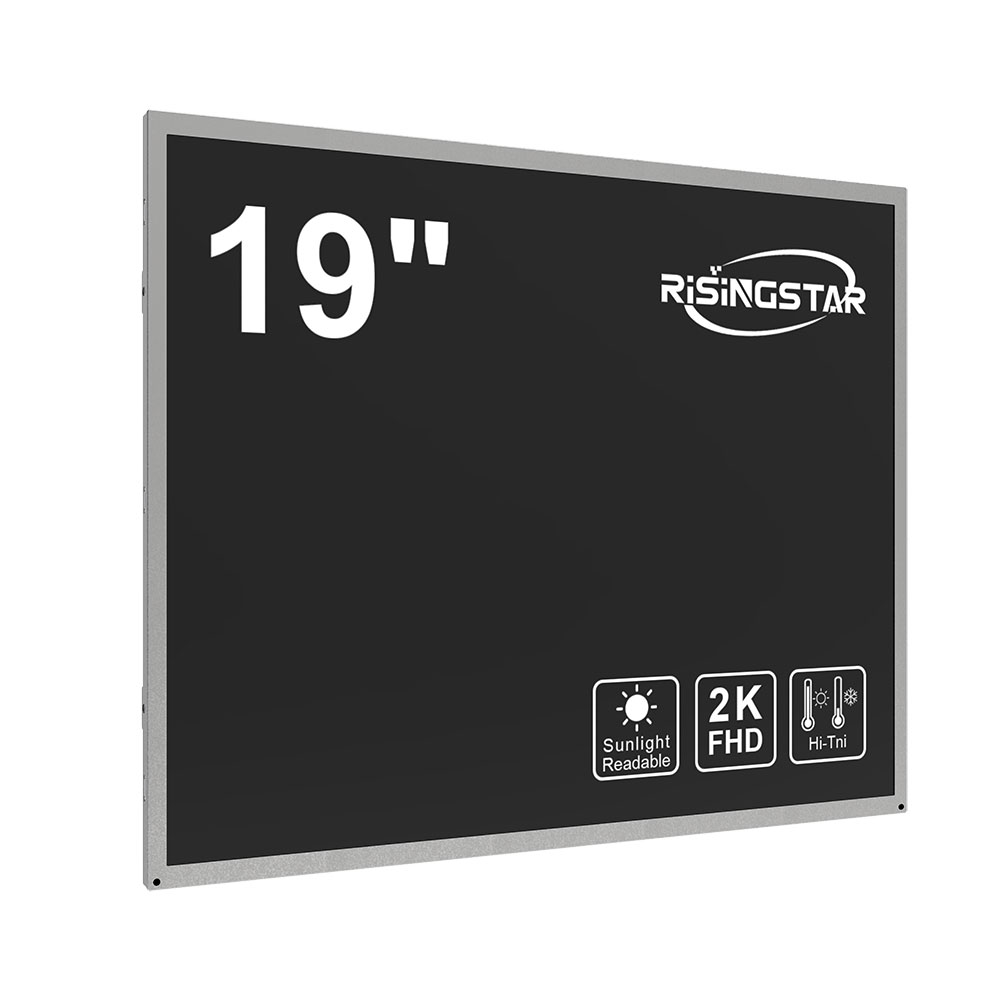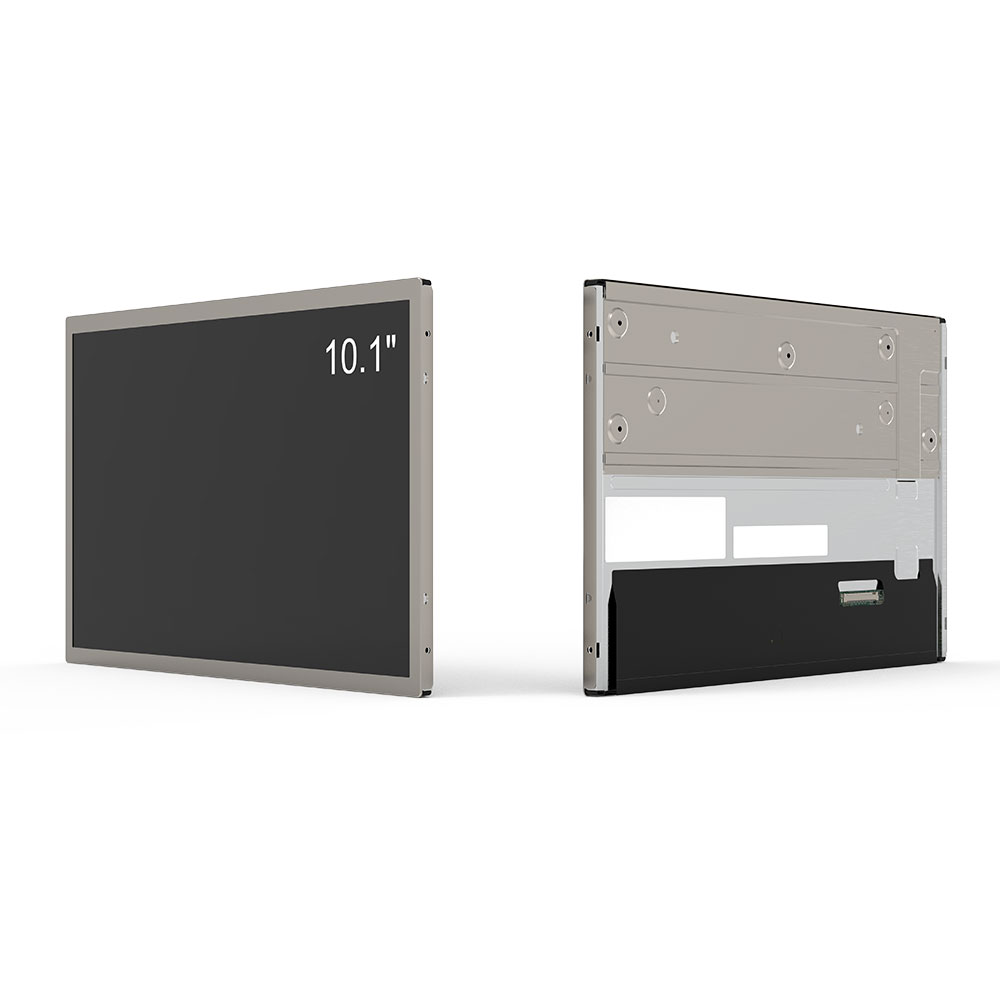- Home
- About Us
- Products
- News
- Video
- Contact
- Send Inquiry
Search
- Home
- About Us
- Products
- News
- Video
- Contact
- Send Inquiry

In modern urban transportation systems, real-time passenger information displays (PIDs) have become essential tools for improving efficiency, safety, and user satisfaction. These outdoor high-brightness LCD displays are specifically engineered to deliver clear, readable content even under extreme environmental conditions—such as direct sunlight, rain, snow, or temperature extremes—making them indispensable in airports, bus terminals, subway stations, and train depots worldwide.
According to the International Association of Public Transport (UITP), over 70% of global transit agencies now deploy digital signage solutions to enhance operational transparency. Among these, outdoor high-brightness LCD screens stand out due to their ability to maintain visibility at luminance levels up to 10,000 nits—far exceeding standard indoor displays that typically max out at 300–500 nits. This is critical for ensuring accessibility and clarity in bright daylight environments, such as those found in major cities like Tokyo, New York, or Dubai.
The design of these displays incorporates advanced technologies such as LED backlighting, anti-glare coatings, and wide viewing angles (up to 178°). For example, the use of full-array local dimming (FALD) technology allows precise control of brightness across different screen zones, which enhances contrast while reducing power consumption—an important factor for sustainability in public infrastructure projects. Additionally, IP65 or higher ingress protection ratings ensure resistance against dust and water jets, making them suitable for both coastal and desert climates.
Case studies further demonstrate their impact. In London’s Transport for London (TfL) network, the installation of outdoor high-brightness LCDs at key stops reduced average passenger wait times by 12%, as passengers could better plan arrivals based on accurate live updates. Similarly, Singapore’s Land Transport Authority reported a 20% improvement in customer satisfaction scores after deploying weather-resistant PIDs across its MRT stations. These systems not only provide arrival/departure times but also display service alerts, emergency messages, multilingual support, and wayfinding maps—enabling inclusive access for tourists and non-native speakers.

From an engineering perspective, integration with backend systems like GPS-based vehicle tracking, IoT sensors, and cloud-based content management platforms ensures seamless data flow. The ability to remotely update content allows operators to respond instantly to disruptions, such as delays, route changes, or maintenance notices. Furthermore, compliance with international standards—including EN 50155 for railway applications and IEC 60950 for electrical safety—ensures reliability and long-term performance.
As cities grow denser and mobility demands increase, the role of intelligent outdoor display technology will expand beyond basic information delivery. Future iterations may incorporate AI-driven personalization, facial recognition for crowd analytics, and adaptive brightness using ambient light sensors. However, regardless of future enhancements, the foundation remains rooted in robust hardware design, consistent software integration, and adherence to EIA/IEEE standards for electromagnetic compatibility and thermal management.

For transit authorities seeking to modernize operations, investing in outdoor high-brightness LCD passenger information displays represents a strategic step toward smarter, safer, and more responsive public transport ecosystems.